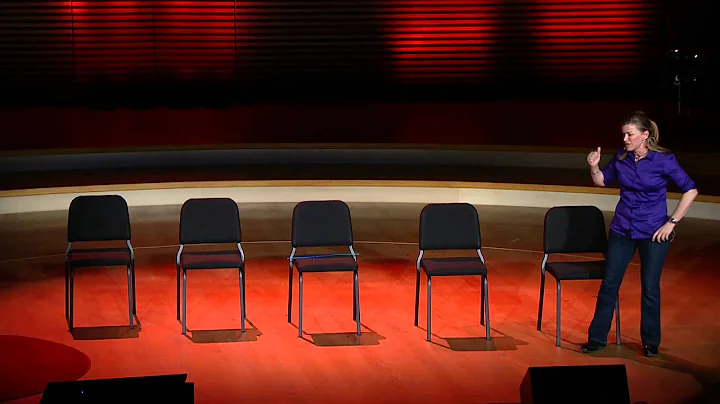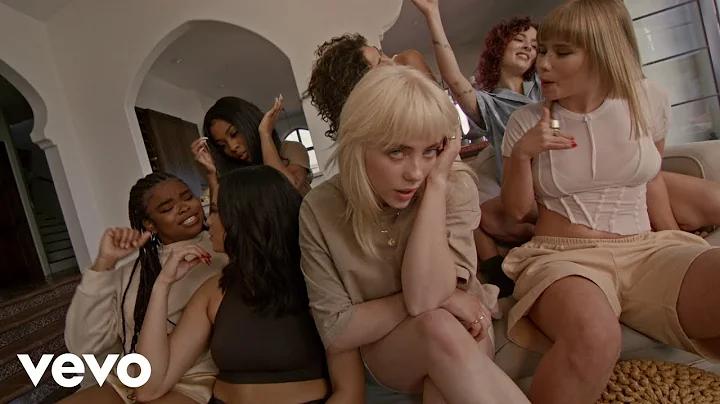If you have time, you must go to Gusu Old Town for tea.
Gusu Ancient City Photo by Li Bo Data Picture
Of course, eating tea depends on your mood. The west wind in autumn is tighter and looser, cooler and warmer, and people's mood is unpredictable, sometimes busy and sometimes detached, sometimes cold and sometimes warm. When you are in a good mood, you can easily eat it. This pleasure is not "cow drink", but is smooth and comfortable, fast and slow, and can be enjoyed exclusively or "joy with everyone". If you catch the autumn rain, the sound of the ticks of rain will accompany tea. If you eat one or two cups, you will feel a little depression, a faint worry, and a faint worry, as dense and sparse as rain...
"Eating tea" is Suzhou dialect , and old Suzhou people do not say "drinking tea". Even if you know that the other party is happy when you invite someone to have tea, you will definitely come as an appointment, and you still have to ask for the other party’s opinions in advance: “Are you going to invite Nai to have a cup of tea?” (“Nai” means “you” in Suzhou dialect). The other party answered "good one", even if he agreed ("good one" means "good one" in Suzhou dialect). In the eyes of many old Suzhou people, once "eating tea" becomes "drinking tea", it is purely for quenching thirst and has nothing to do with culture. When eating tea, you eat the essence, energy and spirit of Suzhou.
Old Suzhou people usually eat Biluochun tea. Biluochun is unique to Suzhou, and its origin is Xishan and Dongshan in Taihu . The Biluochun, which is nurtured by the water and soil of Taihu Lake, is as gentle and warm as the mountains and rivers of Taihu Lake, and is also a little shy. Two friends sat opposite each other in the living room of the old house. There were two cups of Biluochun on the Eight Immortals table, one cup and one cup, talking from all over the world, and eating it lasted for an afternoon. Otherwise, they would just sit in the patio, bring two small bamboo chairs, put a stool in the middle, and put two cups of tea on the stool. When eating Biluochun tea, half is to eat, half is to look at it. Take a bite, and then look at the "floating and sinking" in the cup - the light goose yellow fluff on the leaf buds that look like chicks and ducklings just after they have just emerged from the shell, which is looming in the water. Only those who are extremely delicate can distinguish the merits in this cup of tea.
Biluochun Tea Posted by Xinhua News Agency Data picture
Sit in the patio to enjoy autumn. The banana in the corner is still energetic. When it comes to a sunny day, the sun shines on the banana banana, and the shadow of the banana banana is projected on the mottled ground. The leaves of the sycamore tree and the ginkgo tree fall lightly on the shadow. The picture is affectionate and ruthless. In this situation, two people sit idle and talk or not - old Suzhou people eat tea, pay attention to a free temperament, which is a unique expression of leisurely life. This kind of "idle clouds and flowing water" is not out of open-mindedness. On the contrary, Suzhou people's open-mindedness is just a flash of water; its bones are exquisite, and the kind of relaxation implied by exquisiteness.
has history to follow. The food, drink and play recorded in " Dream of the Red Chamber " is the food, drink and play of the people in Jiangnan. The most interesting one is the food, drink and play of the people in Suzhou. The mention of exquisiteness reflects the fact that Miaoyu is the most typical - Miaoyu only eats the first tea before the Ming Dynasty, which is "Miaoqing Biluochun". What is more particular about her tea water. She was already very particular about making tea with clear spring water, but she was not satisfied with it - she wanted to collect the snow that fell on the petals of plum blossoms in winter, put it in a sealed flower urn, and buried it underground; after hiding it for many years, it became her tea water. Clearness is not enough. She wants to be noble and transcendent. It can be seen that Miaoyu is a pure old man from Suzhou.
The transition from time to time, the most reflecting Suzhou tea-eating culture should be the few old-fashioned teahouses hidden in the old city. Deep in the alley, the best along the river is the two floors with lofts with blinds. The shops and streets can be seen through the front window. Outside the back window is a river, and small bridges come from near to far, like a dream. It’s okay to have too many people in the teahouse. It’s okay to make a cup of tea or a pot of tea. Eating tea is the purpose, not the purpose.
Autumn is here, and I found a place to have tea. At this moment, there are two trees in front of my window, one is a persimmon tree and the other is a pomegranate tree. The persimmon tree is full of persimmons, deep and transparent; the pomegranate tree is full of pomegranates, purple. Eat a cup of tea and read a book, time flies.
In fact, Suzhou’s exquisiteness is mostly reflected in “eating”. Not only "eating tea", the old Suzhou people don't say "drinking" much, but "eating wine"; when they go to wedding banquets, they always say "eating wedding wine". This exquisiteness may allow time to stay for a longer time.
(Original title: Autumn, sit down and have tea )
Source: Beijing Evening News Author: Liu Yuanzhao
Process Editor: u030
Copyright Statement: The copyright of the text belongs to the Beijing News Group. Reprint or adaptation may not be made without permission.
In fact, Suzhou’s exquisiteness is mostly reflected in “eating”. Not only "eating tea", the old Suzhou people don't say "drinking" much, but "eating wine"; when they go to wedding banquets, they always say "eating wedding wine". This exquisiteness may allow time to stay for a longer time.
(Original title: Autumn, sit down and have tea )
Source: Beijing Evening News Author: Liu Yuanzhao
Process Editor: u030
Copyright Statement: The copyright of the text belongs to the Beijing News Group. Reprint or adaptation may not be made without permission.












